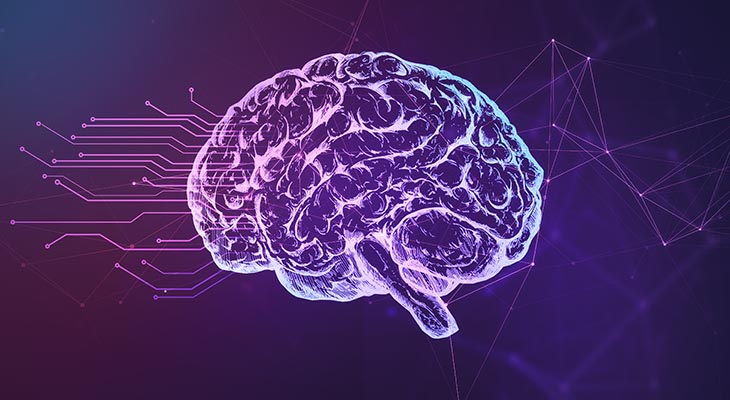Time saved is brain saved, and radial arterial approach can reduce morbidity.

A stroke occurs when blood flow to the brain is disrupted, either when a blood vessel is blocked (an ischemic stroke) or when a blood vessel bursts (hemorrhagic stroke). The brain uses constant blood flow to provide necessary oxygen and food supply. Without this flow, the brain cells begin to die. Once brain cells die, they cannot be revived. Therefore, saving the cells before they die is why time saved is brain saved in the case of stroke.
Signs of a stroke in adults
There are many classic presentations of stroke in adults:
- Sudden numbness or weakness in the face, arm or leg, especially on one side of the body
- Sudden confusion, trouble speaking, or slurred/hard-to-understand speech
- Sudden trouble seeing in one or both eyes
- Sudden trouble walking, dizziness, loss of balance or lack of coordination
- Sudden severe headache with no known cause
Diagnosis and treatment of stroke
“The most important factor for improved outcomes for adult stroke patients is how soon they can get to a hospital and have diagnostic tests done,” said Tom L. Yao, M.D., endovascular neurosurgeon with Norton Neuroscience Institute. “CT or MRI scans are the ways we can see if a patient is having a stroke.”
Refer a patient
To refer a patient to Norton Neuroscience Institute, visit Norton EpicLink and open an order for Neurology.
Perfusion scans use an intravascular tracer and serial imaging to quantify blood flow through the brain parenchyma. These scans can help quickly assess the penumbra, or savable brain, according to Dr. Yao. The next step might be a catheterization for diagnosis or treatment. This procedure can be done via femoral or radial approach.
“We can retrieve a clot sometimes up to 24 hours after the onset of symptoms,” Dr. Yao said.
Using a microcatheter system fed through the femoral or radial artery, real-time photos are transmitted to the surgical team to guide the catheter to the blockage. From there, the clot can be removed with a mesh net or suction.
Plumbing is an apt metaphor for vascular procedures. The blockage in a pipe prevents flow of water further downstream. Removing the blockage re-establishes flow of the oxygen and food for the cells. It is the disruption of this delivery that can cause damage to the brain.
“When you have a clot, nothing on one side of the clot is getting blood flow, and the blood vessels can get weak when they aren’t being fed,” Dr. Yao said. “If you remove the blockage, full blood pressure returns to the vessels near the clot. Sometimes this phenomena can cause issues for the vessels when the blood flow is re-established.”
This situation makes it critical to keep blood pressure steady and to continue careful monitoring of the patient’s condition, according to Dr. Yao.
What are the benefits of radial artery catheterization?
The benefits from surgical removal of clots are hard to ignore.
“It can be the difference between someone being physically disabled or continuing to live a functional life,” Dr. Yao said.
Radial artery catheterization is a safe and durable procedure, with a low rate of complications. The radial approach decreases the bleeding risks and on occasion can decrease the distance that needs to be traveled.
Does age matter when considering surgical intervention?
“Age matters less than what the patient’s prevent condition was,” Dr. Yao said. “If the patient was in a nursing home, using a wheelchair and has dementia, that might be a different scenario from someone older but who is still living independently on their own, getting around well and so forth.”

